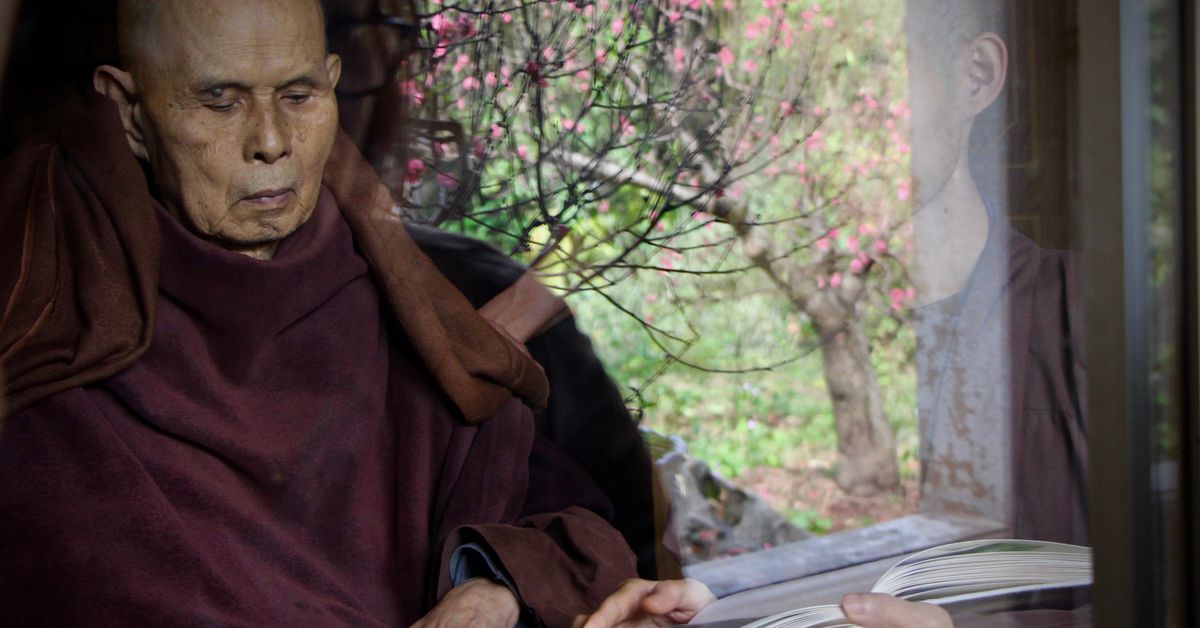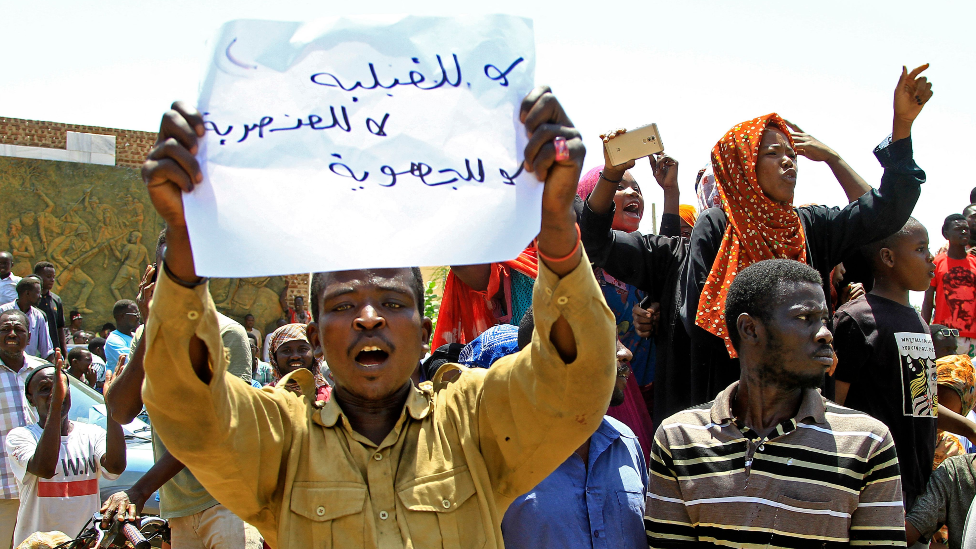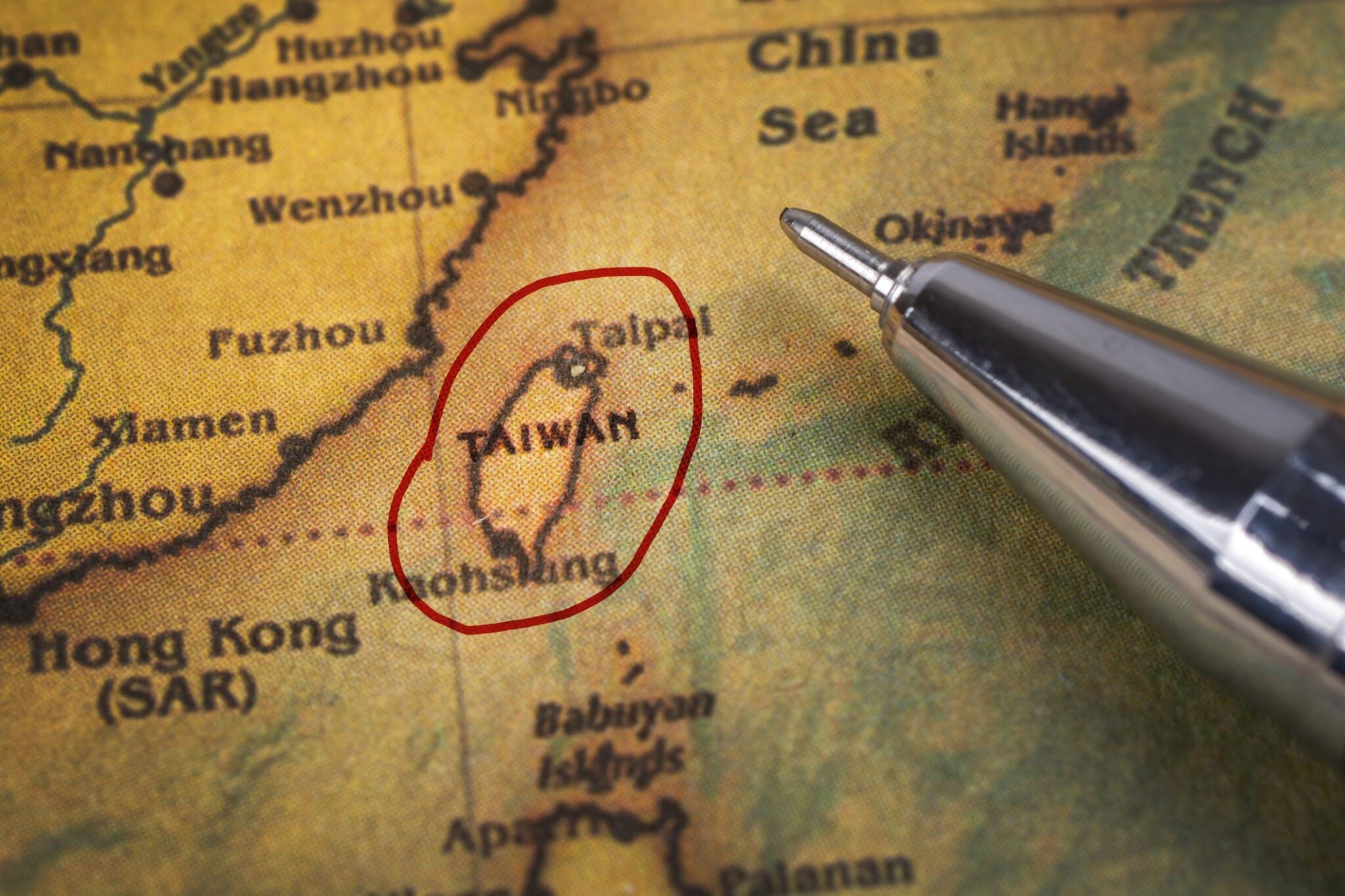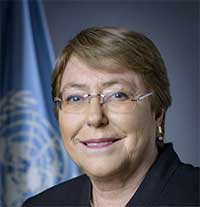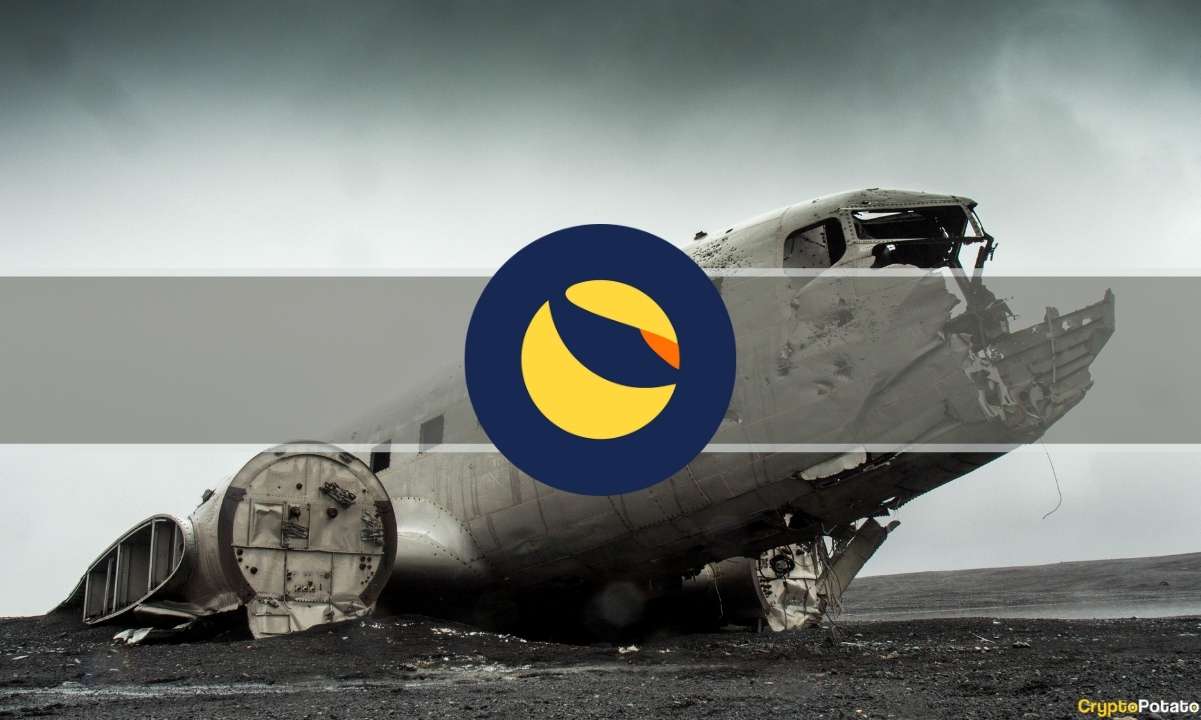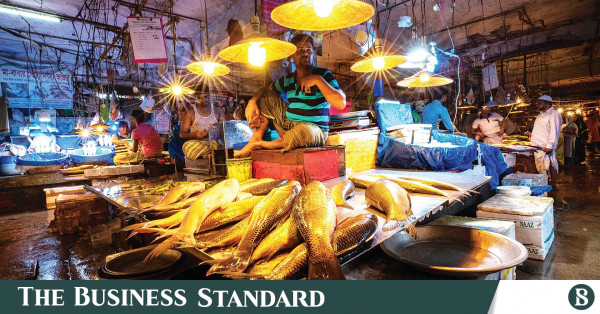[ad_1]
Editor’s word: The Worldwide Plum Village Neighborhood of Engaged Buddhism has announced that Thich Nhat Hanh died on January 22, 2022, in Huế, Vietnam. The interview under with considered one of his senior disciples was first printed in March 2019.
Thich Nhat Hanh has completed greater than maybe any Buddhist alive right this moment to articulate and disseminate the core Buddhist teachings of mindfulness, kindness, and compassion to a broad world viewers. The Vietnamese monk, who has written greater than 100 books, is second solely to the Dalai Lama in fame and affect.
Nhat Hanh made his identify doing human rights and reconciliation work in the course of the Vietnam Struggle, which led Martin Luther King Jr. to appoint him for a Nobel Prize.
He’s thought-about the daddy of “engaged Buddhism,” a motion linking mindfulness follow with social motion. He’s additionally constructed a community of monasteries and retreat facilities in six nations around the globe, together with america.
In 2014, Nhat Hanh, who’s now 93 years previous, had a stroke at Plum Village, the monastery and retreat heart in southwest France he based in 1982 that was additionally his residence base. Although he was unable to talk after the stroke, he continued to guide the group, utilizing his left arm and facial expressions to speak.
In October 2018, Nhat Hanh shocked his disciples by informing them that he wish to return residence to Vietnam to go his closing days on the Tu Hieu root temple in Hue, the place he grew to become a monk in 1942 at age 16. (The New York Instances stories that 9 US senators visited him there in April.)
As Time’s Liam Fitzpatrick wrote, Nhat Hanh was exiled from Vietnam for his antiwar activism from 1966 till he was lastly invited again in 2005. However his return to his homeland is much less about political reconciliation than one thing a lot deeper. And it incorporates classes for all of us about the way to die peacefully and the way to let go of the folks we love.
Once I heard that Nhat Hanh had returned to Vietnam, I needed to study extra in regards to the resolution. So in February I referred to as up Brother Phap Dung, a senior disciple and monk who helps to run Plum Village in Nhat Hanh’s absence. (I spoke to Phap Dung in 2016 proper after Donald Trump gained the presidential election, about how we will use mindfulness in instances of battle.)
Our dialog has been edited for size and readability.
:no_upscale()/cdn.vox-cdn.com/uploads/chorus_asset/file/15947225/Thay_Phap_Dung___Uganda___PHOTO___Wouter_Verhoeven.jpg)
Eliza Barclay
Inform me about your trainer’s resolution to go to Vietnam and the way you interpret the that means of it.
Phap Dung
He’s positively coming again to his roots.
He has come again to the place the place he grew up as a monk. The message is to recollect we don’t come from nowhere. Now we have roots. Now we have ancestors. We’re a part of a lineage or stream.
It’s a fantastic message, to see ourselves as a stream, as a lineage, and it’s the deepest educating in Buddhism: non-self. We’re empty of a separate self, and but on the similar time, we’re filled with our ancestors.
He has emphasised this Vietnamese custom of ancestral worship as a follow in our group. Worship right here means to recollect. For him to return to Vietnam is to level out that we’re a stream that runs manner again to the time of the Buddha in India, past even Vietnam and China.
Eliza Barclay
So he’s reconnecting to the stream that got here earlier than him. And that means the bigger group he has constructed is linked to that stream too. The stream will proceed flowing after him.
Phap Dung
It’s just like the circle that he typically attracts with the calligraphy brush. He’s returned to Vietnam after 50 years of being within the West. When he first left to name for peace in the course of the Vietnam Struggle was the beginning of the circle; slowly, he traveled to different nations to do the educating, making the rounds. After which slowly he returned to Asia, to Indonesia, Hong Kong, China. Ultimately, Vietnam opened as much as permit him to return three different instances. This return now’s sort of like a closing of the circle.
It’s additionally like the sunshine of the candle being transferred, to the following candle, to many different candles, for us to proceed to reside and follow and to proceed his work. For me, it looks like that, like the sunshine is lit in every considered one of us.
Eliza Barclay
And as considered one of his senior monks, do you are feeling like you might be passing the candle too?
Phap Dung
Earlier than I met Thay in 1992, I used to be not conscious, I used to be working busy and doing my architectural, bold issues within the US. However he taught me to actually get pleasure from dwelling within the current second, that it’s one thing that we will practice in.
Now as I follow, I’m protecting the candlelight illuminated, and I also can share the follow with others. Now I’m educating and caring for the monks, nuns, and lay associates who come to our group simply as our trainer did.
Eliza Barclay
So he’s 92 and his well being is fragile, however he’s not bedridden. What’s he as much as in Vietnam?
Phap Dung
The very first thing he did when he received there was to go to the stupa [shrine], gentle a candle, and contact the earth. Paying respect like that — it’s like plugging in. You may get a lot vitality when you may bear in mind your trainer.
He’s not sitting round ready. He’s doing his finest to get pleasure from the remainder of his life. He’s consuming recurrently. He even can now drink tea and invite his college students to get pleasure from a cup with him. And his actions are very deliberate.
As soon as, the attendants took him out to go to earlier than the lunar new yr to benefit from the flower market. On their manner again, he directed the entourage to alter course and to go to a couple explicit temples. At first, everybody was confused, till they came upon that these temples had an affiliation to our group. He remembered the precise location of those temples and the course to get there. The attendants realized that he needed to go to the temple of a monk who had lived a very long time in Plum Village, France; and one other one the place he studied as a younger monk. It’s very clear that though he’s bodily restricted, and in a wheelchair, he’s nonetheless dwelling his life, doing what his physique and well being permits.
Anytime he’s wholesome sufficient, he reveals up for sangha gatherings and group gatherings. Despite the fact that he doesn’t need to do something. For him, there isn’t any such factor as retirement.
Eliza Barclay
However you might be additionally on this strategy of letting him go, proper?
Phap Dung
In fact, letting go is considered one of our important practices. It goes together with recognizing the impermanent nature of issues, of the world, and of our family members.
This transition interval is his final and deepest educating to our group. He’s exhibiting us the way to make the transition gracefully, even after the stroke and being restricted bodily. He nonetheless enjoys his day each likelihood he will get.
My follow is to not await the second when he takes his final breath. Every day I follow to let him go, by letting him be with me, inside me, and with every of my aware breaths. He’s alive in my breath, in my consciousness.
Inhaling, I breathe with my trainer inside me; respiration out, I see him smiling with me. Once we make a step with gentleness, we let him stroll with us, and we permit him to proceed inside our steps. Letting go can be the follow of letting in, letting your trainer be alive in you, and to see that he’s greater than only a bodily physique now in Vietnam.
Eliza Barclay
What have you ever realized about dying out of your trainer?
Phap Dung
There’s dying within the sense of letting this physique go, letting go of emotions, feelings, this stuff we name our identification, and training to let these go.
The difficulty is, we don’t let ourselves die daily. As a substitute, we feature concepts about one another and ourselves. Typically it’s good, however typically it’s detrimental to our development. We model ourselves and imprison ourselves to an concept.
Letting go is a follow not solely whenever you attain 90. It’s one of many highest practices. This may transfer you towards equanimity, a state of freedom, a type of peace. Waking up every day as a rebirth, now that may be a follow.
Within the historic dimension, we follow to simply accept that we’ll get to a degree the place the physique will likely be restricted and we will likely be sick. There’s delivery, previous age, illness, and dying. How will we take care of it?
:no_upscale()/cdn.vox-cdn.com/uploads/chorus_asset/file/15947235/Plum_Village_Practice_Center___Thich_Nhat_Hanh_leading_walking_meditation_in_Plum_Village__France__2014_.jpg)
Eliza Barclay
What are a number of the most essential teachings from Buddhism about dying?
Phap Dung
We’re conscious that someday we’re all going to deteriorate and die — our neurons, our arms, our flesh and bones. But when our follow and our consciousness is robust sufficient, we will see past the dying physique and listen additionally to the non secular physique. We proceed by way of the spirit of our speech, our pondering, and our actions. These three features of physique, speech, and thoughts continues.
In Buddhism, we name this the character of no delivery and no dying. It’s the different dimension of the last word. It’s not one thing idealized, or clear. The physique has to do what it does, and the thoughts as properly.
However within the final dimension, there may be continuation. We are able to domesticate this consciousness of this nature of no delivery and no dying, this way of life within the final dimension; then slowly our concern of dying will reduce.
This consciousness additionally helps us be extra conscious in our every day life, to cherish each second and everybody in our life.
Probably the most highly effective teachings that he shared with us earlier than he received sick was about not constructing a stupa [shrine for his remains] for him and placing his ashes in an urn for us to hope to. He strongly commanded us not to do that. I’ll paraphrase his message:
“Please don’t construct a stupa for me. Please don’t put my ashes in a vase, lock me inside, and restrict who I’m. I do know this will likely be tough for a few of you. When you should construct a stupa although, please just remember to put an indication on it that claims, ‘I’m not in right here.’ As well as, you can too put one other signal that claims, ‘I’m not on the market both,’ and a 3rd signal that claims, ‘If I’m anyplace, it’s in your conscious respiration and in your peaceable steps.’”
Additional studying:
[ad_2]
Source link

